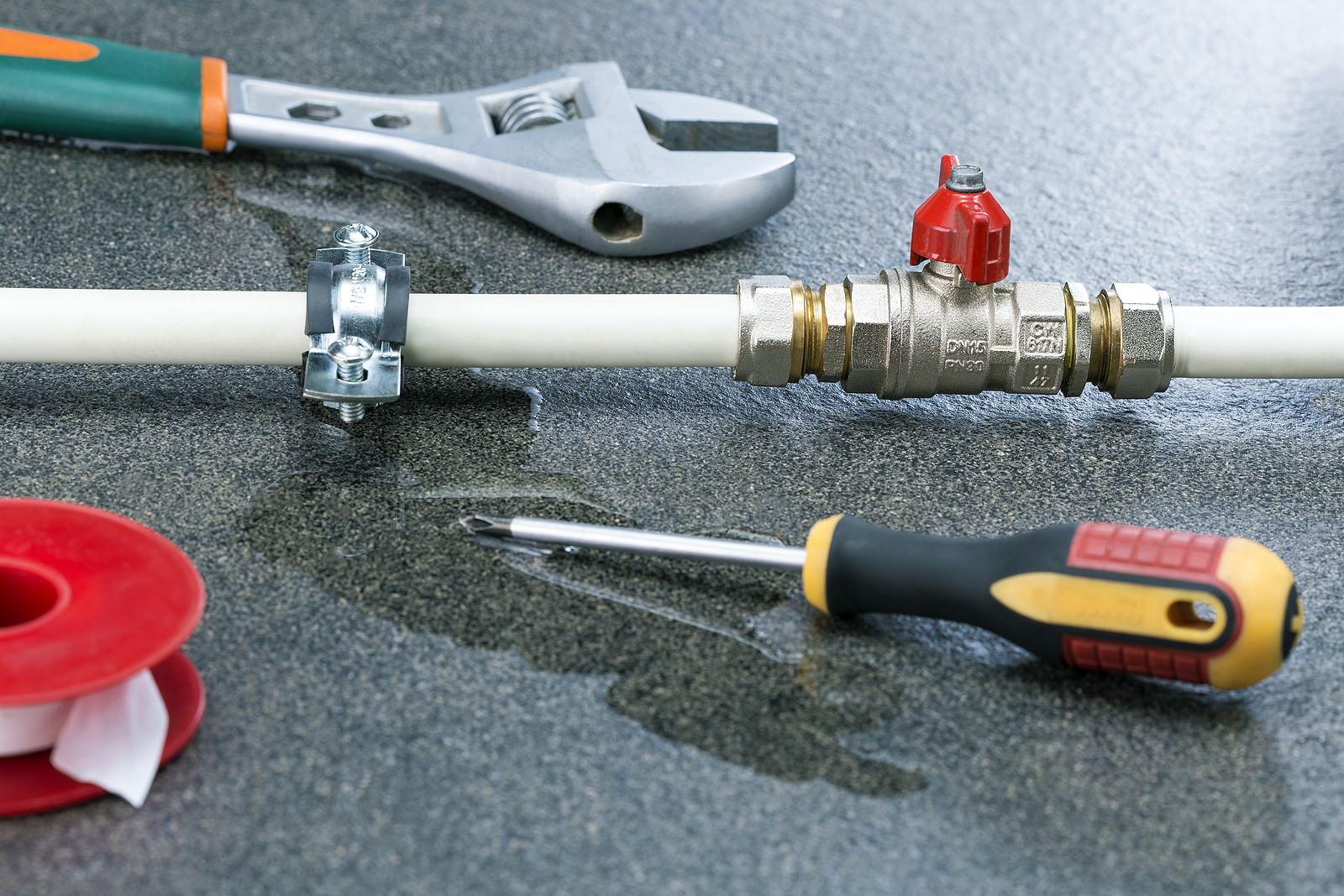Guide To Water Leak Discovery In The House
Guide To Water Leak Discovery In The House
Blog Article
Are you interested in ideas concerning Hacks to detect leaks?

Early discovery of dripping water lines can reduce a prospective calamity. Some small water leaks might not be noticeable.
1. Analyze the Water Meter
Every residence has a water meter. Examining it is a guaranteed way that aids you discover leaks. For beginners, turn off all the water sources. Make certain no person will certainly purge, make use of the tap, shower, run the cleaning device or dish washer. From there, go to the meter and also watch if it will alter. Considering that no one is utilizing it, there need to be no activities. That suggests a fast-moving leakage if it relocates. If you spot no adjustments, wait an hour or two and also check back once again. This implies you may have a slow-moving leak that can also be below ground.
2. Check Water Usage
Analyze your water bills as well as track your water intake. As the one paying it, you ought to see if there are any inconsistencies. If you find sudden changes, despite your consumption coinciding, it implies that you have leaks in your plumbing system. Bear in mind, your water expense should drop under the exact same array each month. An unexpected spike in your bill shows a fast-moving leak.
A constant boost every month, also with the same behaviors, shows you have a slow-moving leak that's also gradually escalating. Call a plumber to extensively inspect your residential property, particularly if you really feel a warm location on your floor with piping beneath.
3. Do a Food Coloring Test
When it comes to water consumption, 30% comes from commodes. If the shade somehow infiltrates your dish throughout that time without flushing, there's a leak between the storage tank and also dish.
4. Asses Outside Lines
Do not forget to check your outdoor water lines also. Should water permeate out of the link, you have a loose rubber gasket. One tiny leak can waste loads of water and increase your water costs.
5. Examine the circumstance and inspect
Homeowners need to make it a routine to inspect under the sink counters and also inside cupboards for any bad odor or mold and mildew development. These two warnings suggest a leak so punctual attention is needed. Doing regular inspections, also bi-annually, can save you from a significant problem.
Check for discolorations and also weakening as most home appliances and also pipelines have a life expectancy. If you presume dripping water lines in your plumbing system, do not wait for it to escalate.
Early detection of dripping water lines can minimize a potential catastrophe. Some small water leaks might not be noticeable. Checking it is a guaranteed method that aids you discover leaks. One small leakage can lose tons of water and surge your water expense.
If you believe dripping water lines in your plumbing system, do not wait for it to rise.
How to Know If Your Home Has a Hidden Leak
Water Meter Reveals Inexplicable Water Usage
If you’d like to test whether or not there’s a leak somewhere in your home, you can do this using your water meter. Here is how to conduct the test:
Don’t use any water in your home for at least 30 minutes; this also means not turning on faucets or water-using appliances.
Go outside, and check your water meter for activity.
If your water meter shows that there was activity, even though no one was using any water, this proves that there is a leak in your home.Visible Mold or Mildew Growth
Leaks behind walls create moist, dark environments that allow mold and mildew to grow and thrive. Eventually, you might see mold growth forming on the wall closest to a hidden leak.
If mold is growing in an area that receives a high amount of moisture, such as a bathroom, it may simply be an indication that better ventilation is needed. However, if you see mold growth on a wall or the ceiling in an area where you would not expect, you probably have a hidden leak.
Musty, Mildew Odor
Sometimes you might not be able to see the mold or mildew that is growing as a result of a leak. However, the smell can give the problem away just as easily. If you catch a whiff of something musty, there’s a good chance that old water is collecting somewhere in your home that you can’t see.
Stained/Warped Walls, Ceilings, or Floors
When your home soaks up water, a variety of red flags can become visible, including ceiling stains, bubbling drywall, warped walls, and sagging floors. While these issues can be caused by excess humidity, they can also be signs that a pipe or plumbing connection has started leaking behind your walls.
Inexplicably High Water Bill
After a while, you get a general sense for what your water bill should be. If you own a pool or sprinkler system, your bill will tend to be higher during summer. However, if you receive a water bill that seems especially high, and you can’t figure out what caused it, then you may have a hidden leak somewhere that’s increasing your bill.
https://www.plumbingjoint.com/blog/2019/july/how-to-know-if-your-home-has-a-hidden-leak/

Hopefully you enjoyed our excerpt about Locating water leaks. Many thanks for taking time to read our piece of content. Please set aside a second to share this blog if you liked it. I treasure reading our article about Hacks to detect leaks.
Report this page